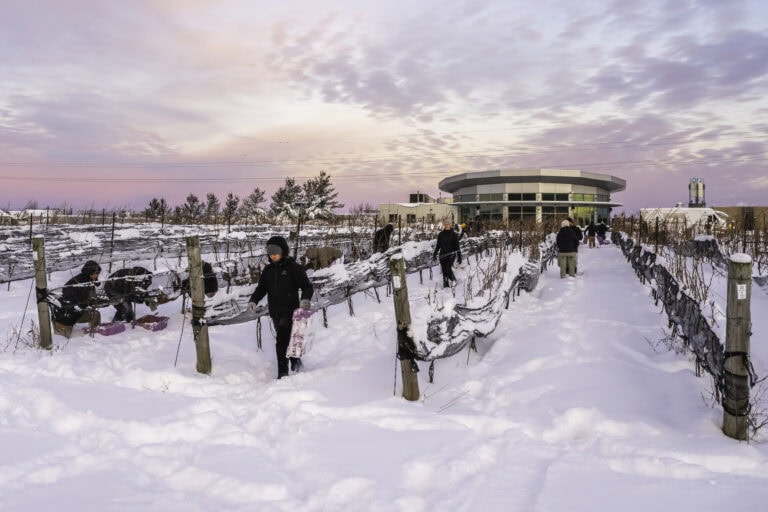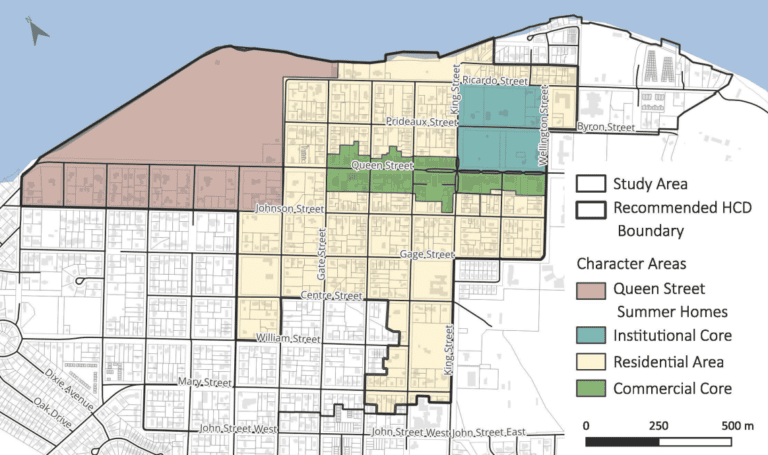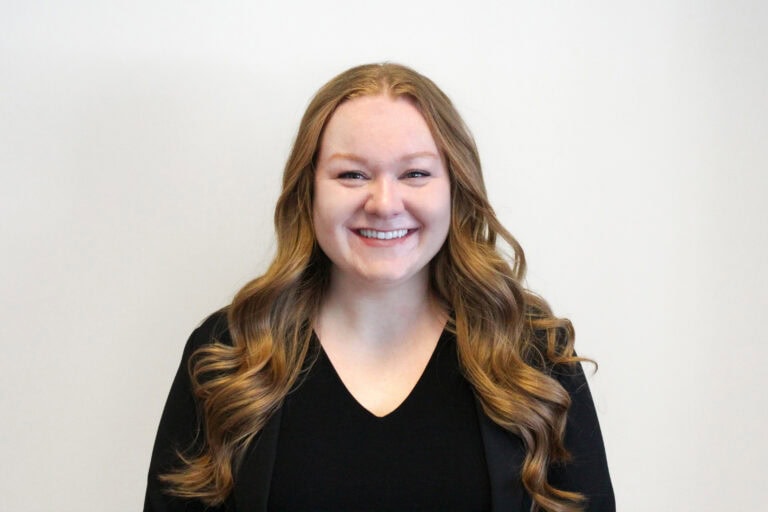Some families may breathe easier with the District School Board of Niagara’s announcement to hire more teachers to lower class sizes this year.
On Sept. 1, the school board announced its plan to lower class sizes by allocating funding to hire 60 to 70 more teachers, allowing for smaller class sizes by three or four students per class. Trustees voted to use an additional one per cent of the school board’s accumulated surplus for the 2020/2021 budget, amounting to about $4.5 million.
“Reducing class sizes is a proactive step to further protect the health, safety, and well-being of students and staff in DSBN schools,” Warren Hoshizaki, director of education said in the statement.
As schools slowly welcome students back to the fold this week some parents remain concerned with the lack of communication from the school board – but many understand this year is completely new territory.
Shannon Kanters, with two children in the virtual learning program at Crossroads Public School, said she received an email about the beginning of school, but it didn’t include who their teachers would be.
“Their friends who are returning to class were able to excitedly chat about who their teacher is while my children could not. I feel we all (parents and students) would have appreciated knowing that,” she said.
Kanters would have expected her children to virtually meet their teachers online for the first day of school as well, she said. Instead, communication from the District School Board of Niagara instructed students to log into their digital classrooms and complete an activity.
“And teachers would phone each household at some point in the day,” she said.
Stephanie Baxter said she made the “tough decision” to send her children back to physical school. They will return to Crossroads Public School.
“At the end of the day we chose in class because my kids not only need an educated teacher to teach them, but they also need it for their mental health,” she said.
She said she still has many unanswered questions about one of her children’s independent learning plan and his educational assistant, but she understands the school is “still just trying to figure everything out for themselves.”
“Hopefully I’ll have my questions answered in the next few weeks,” she said.
For the Kanters family, back to school prep looked very different this year. Skipping the back to school shopping ordeal for both supplies and clothes, she said time and money was instead directed toward setting up individual workspaces for each child.
“We discussed a different way of studying/learning. I gave the kids each a notepad for notetaking and their workspaces include a whiteboard/corkboard to display information they use regularly,” she said.
Adapting to the new way of approaching her children’s education, she said her biggest concern remains to be the amount of communication between the teachers and students.
“How much live teaching time will the children receive, how available is the teacher for answering questions and how will the children ask for and receive assistance,” she said.
She said during the last school year she found she needed to read every lesson as she was the one the kids would ask for help. Emailing the teacher and working from an emailed reply wasn’t as effective, she said.
“They are young and need face-to-face contact.”
Currently, she said she has no idea how the students will be receiving assistance from the teacher. Via email? Virtual meeting? Phone call? Instant messaging?
“It would have been nice to have these answers to begin the year with so that I could set my own expectations regarding my role in this school year,” she said.



_(2).jpg)







